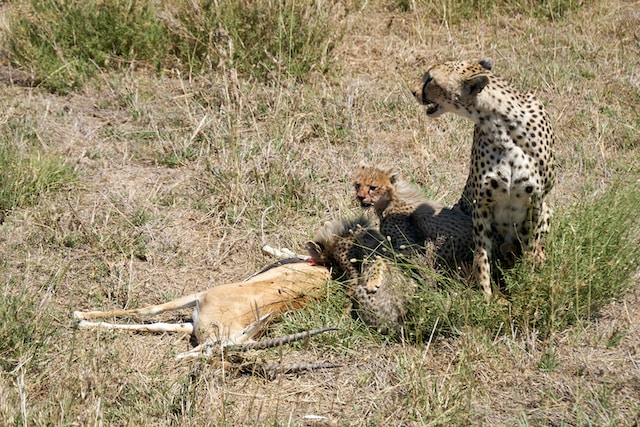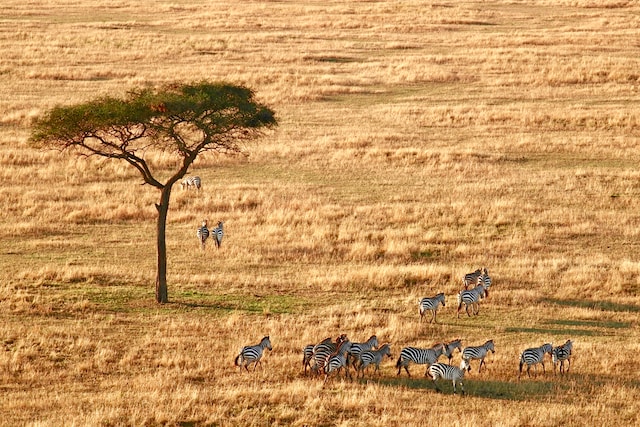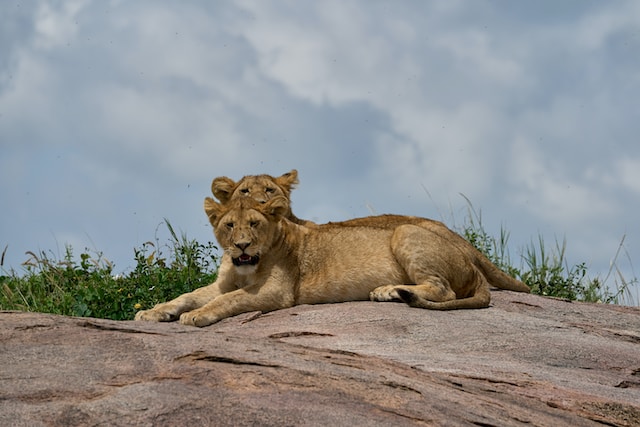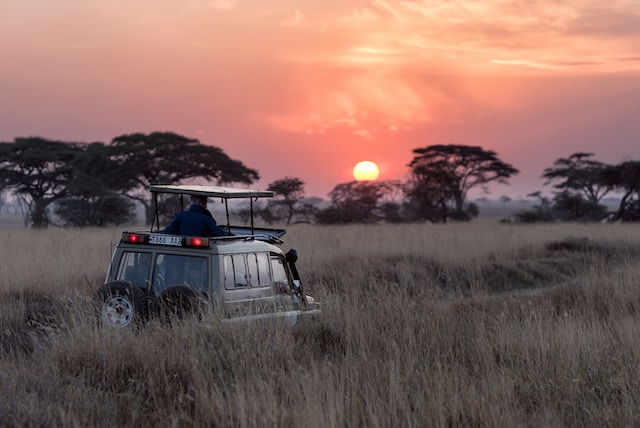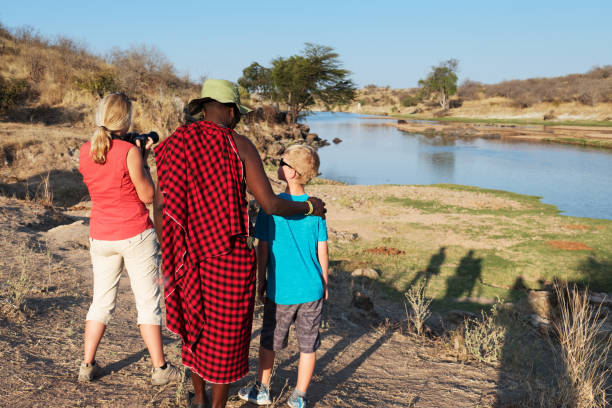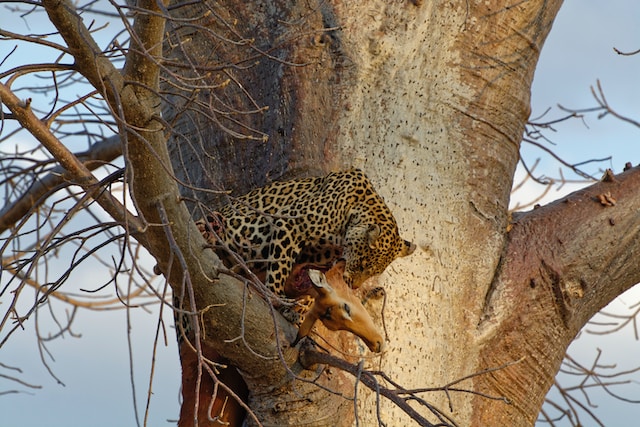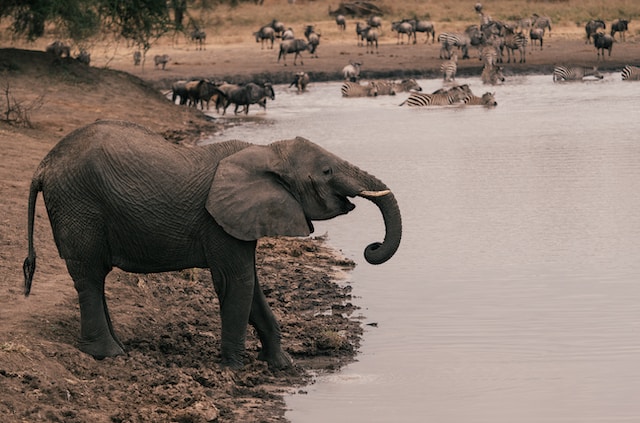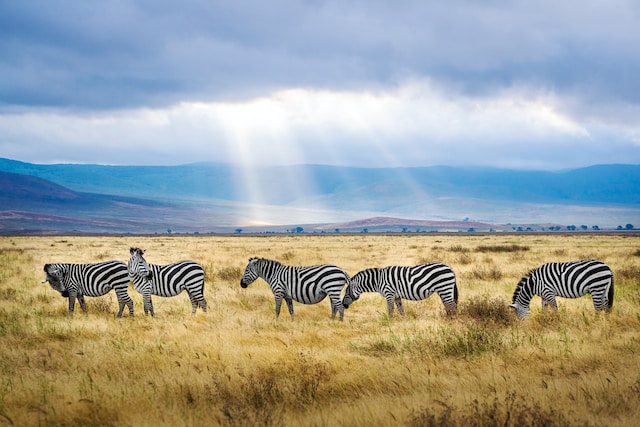- Home
- Safaris
- Tanzania Lodge Safari
- Tanzania Camping Safari
- Serengeti Migration Safari
- Tanzania Family Safari
- Tanzania Honeymoon Safari
- Tanzania Walking Safari
- Best Tanzania Day Trips
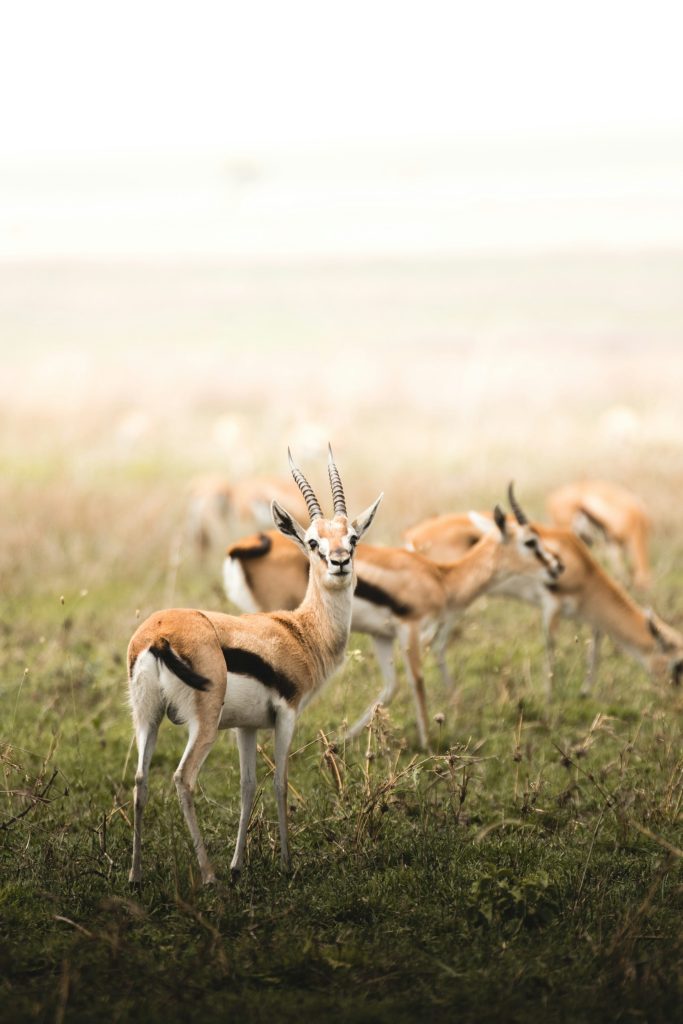
- Kilimanjaro
Kilimanjaro Packages
- Machame Route 6 Days
- Machame Route 7 Days
- Marangu Route 6 Days
- Lemosho Route 7 Days
- Lemosho Route 8 Days
- Rongai Route 7 Days
- Northern Route 9 Days
- Kilimanjaro Joining Group Dates
- Kilimanjaro Full Moon Climbs
Kilimanjaro Tips
- Zanzibar
- About us
Wildebeest Migration | Great Migration Serengeti Safari
The Wildebeest Migration offers incredible safari opportunities to witness this natural spectacle up close. Safaris in the Serengeti and Maasai Mara during the migration season provide an unparalleled chance to see vast herds of animals, predators hunting, dramatic river crossings, and the raw essence of nature in action.
Great Migration Serengeti Safari Overview
The Wildebeest Migration Safari, also known as the Great Migration, is one of the most spectacular natural events in the world, occurring primarily in the Serengeti ecosystem in Tanzania and the Maasai Mara reserve in Kenya. This annual migration involves millions of animals, primarily wildebeests but also zebras, gazelles, and other herbivores, traversing vast distances in search of fresh grazing land and water.
The migration follows a circular pattern, driven by the changing seasons and the availability of food and water. It’s an awe-inspiring spectacle that draws travelers and wildlife enthusiasts from around the globe to witness this incredible display of nature’s rhythm and survival instincts.
The migration can generally be divided into several key phases:
Calving Season (December – March): The wildebeests gather in the southern Serengeti plains to give birth to their young. The vast herds graze on the nutrient-rich grasses, and the newborn calves are brought into the world amidst predators and dramatic scenes.
Grumeti River Crossing (June – July): As the dry season sets in, the herds start their journey northward, crossing the Grumeti River. This river crossing is fraught with danger as crocodiles lie in wait, ready to prey on the migrating animals.
Mara River Crossing (July – October): The pinnacle of the migration occurs when the herds reach the Mara River in Kenya. Here, they face another challenging river crossing, navigating through swift currents and evading predators like crocodiles and big cats that await their opportunity for a kill.
Explore Great Migration Serengeti Safari packages
Embark on an unforgettable journey through the Serengeti with our exclusive Great Migration safari packages. Witness nature’s spectacle as millions of wildebeest and zebras traverse the plains. Book now for an adventure of a lifetime!
- Entrance fees
- A Professional English Guide
- Clean drinking water
- Local Lunch or Lunch Box
- Pick up & Drop Off at your hotel
From $3040
- Entrance fees
- A Professional English Guide
- Clean drinking water
- Local Lunch or Lunch Box
- Pick up & Drop Off at your hotel
From $2580
- Entrance fees
- A Professional English Guide
- Clean drinking water
- Local Lunch or Lunch Box
- Pick up & Drop Off at your hotel
From $2050
Frequently Asked Questions on the Great Migration Serengeti Safari
1. Q: What is the Great Migration?
The Great Migration is an annual movement of wildebeest, zebras, and other herbivores across the Serengeti ecosystem in Tanzania and the Maasai Mara in Kenya. It is one of the most remarkable wildlife spectacles, involving millions of animals.
2. Q: When is the best time to witness the Great Migration?
The timing of the migration can vary, but generally, it takes place from late June to early October. The exact timing depends on factors like rainfall and grazing conditions.
3. Q: What animals can be seen during the Great Migration?
In addition to wildebeest and zebras, you may encounter predators such as lions, cheetahs, and crocodiles as they take advantage of the abundance of prey.
4. Q: What type of accommodations are available during the safari?
Accommodations range from luxury lodges to tented camps, providing a variety of options to suit different preferences and budgets.
5. Q: Is it safe to go on a safari in the Serengeti?
The Serengeti is generally considered safe for tourists. However, it's essential to follow the guidance of your tour guide and take necessary precautions.
7. Q:Do I need a visa to visit Tanzania for the safari?
Most visitors to Tanzania and Kenya require a visa. It's essential to check the visa requirements for your specific nationality and plan accordingly.
8. Q: What is the tipping etiquette on a Tanzania lodge safari?
Tipping is customary in Tanzania. It's common to tip safari guides, drivers, and lodge staff. The amount varies but is typically around 50$ - 80$ per day per car.
9. Q: Can children participate in Tanzania lodge safaris?
The best time for a Tanzania camping safari is during the dry season, from late June to October. This period offers excellent wildlife viewing opportunities as animals gather around water sources. However, it's also possible to enjoy a safari during the short rains (November to mid-December) and the long rains (March to May), although some roads might be impassable due to mud.
10. Q: How long does a typical Great Migration safari last?
Safari durations can vary, but a typical Great Migration safari might last anywhere from 4 to 10 days, depending on the itinerary and your time.
11. Q: What is the cost of a Tanzania lodge safari?
The cost of a Tanzania lodge safari can vary widely based on the duration, the quality of accommodations, the number of parks visited, and other factors. Budget safaris can start around $500 per person per day, while luxury options can cost several hundred dollars.

